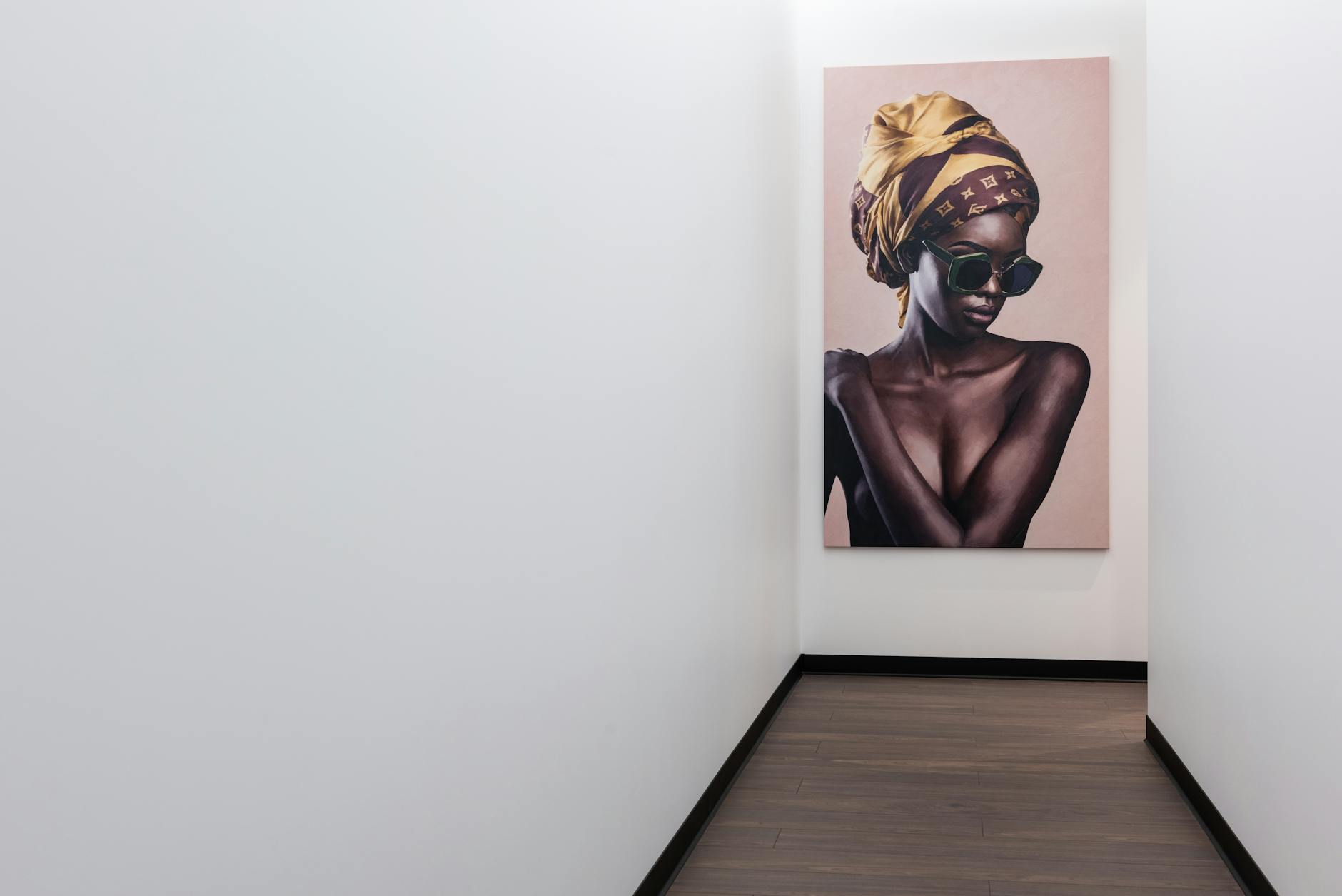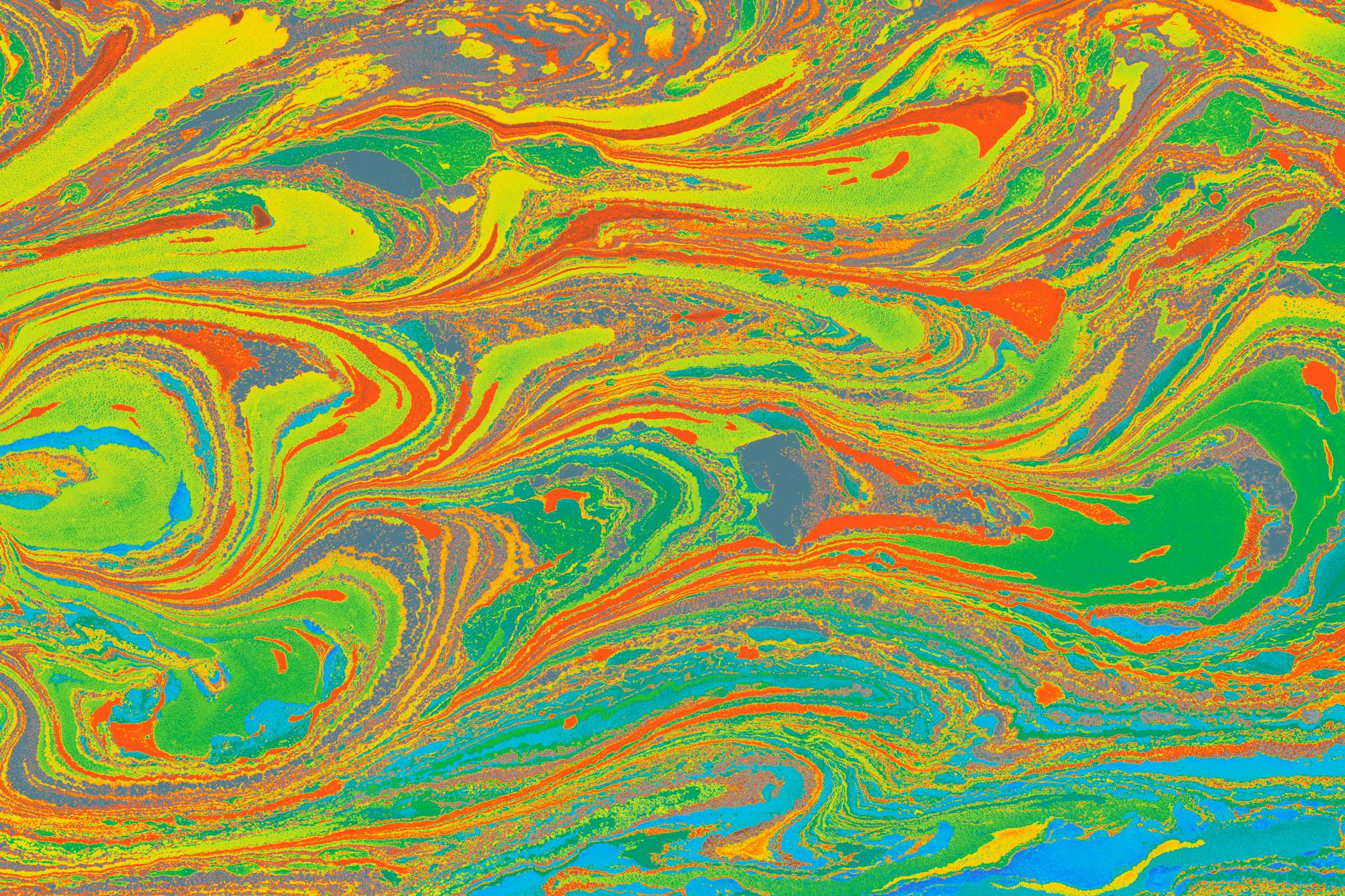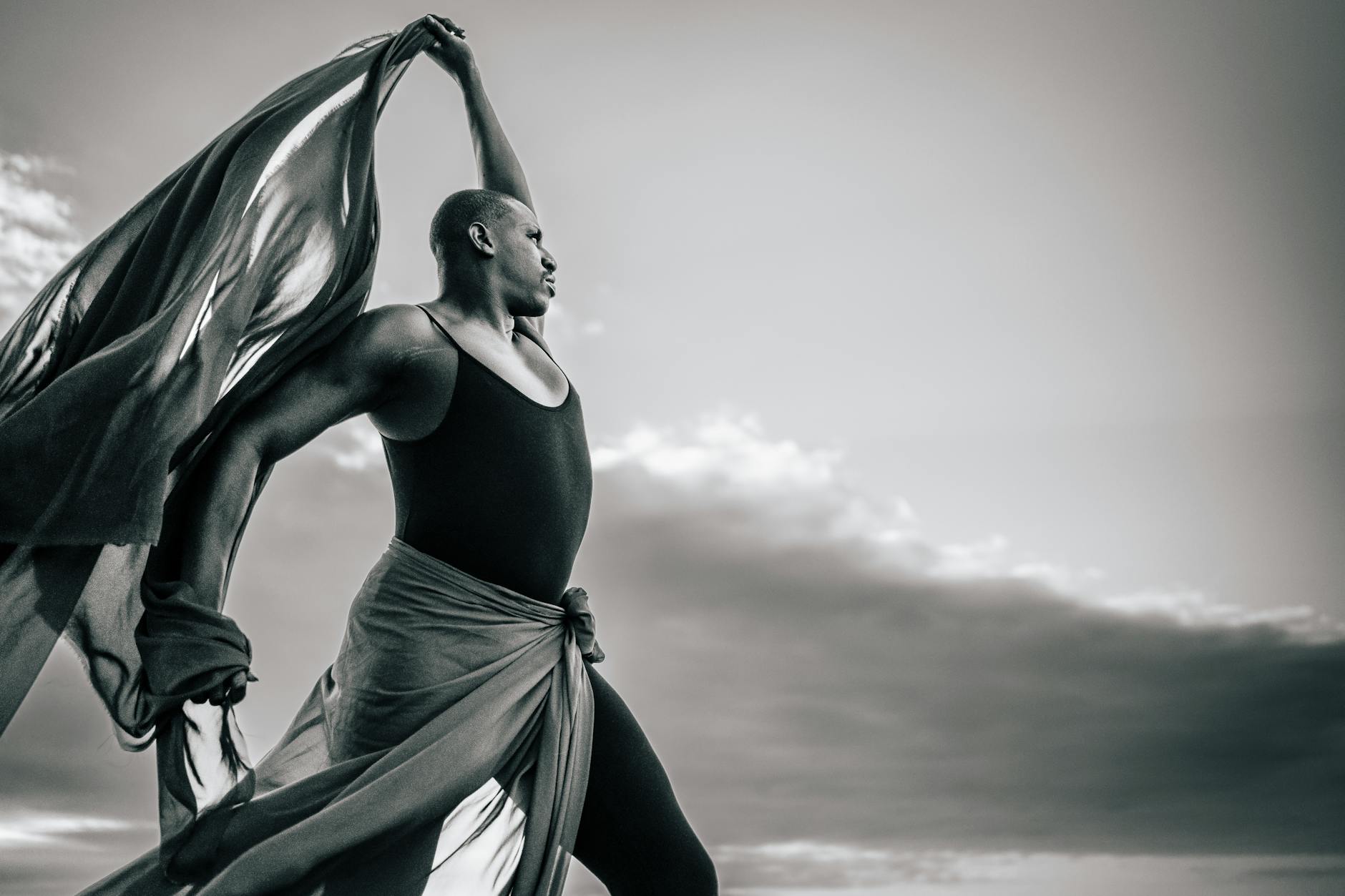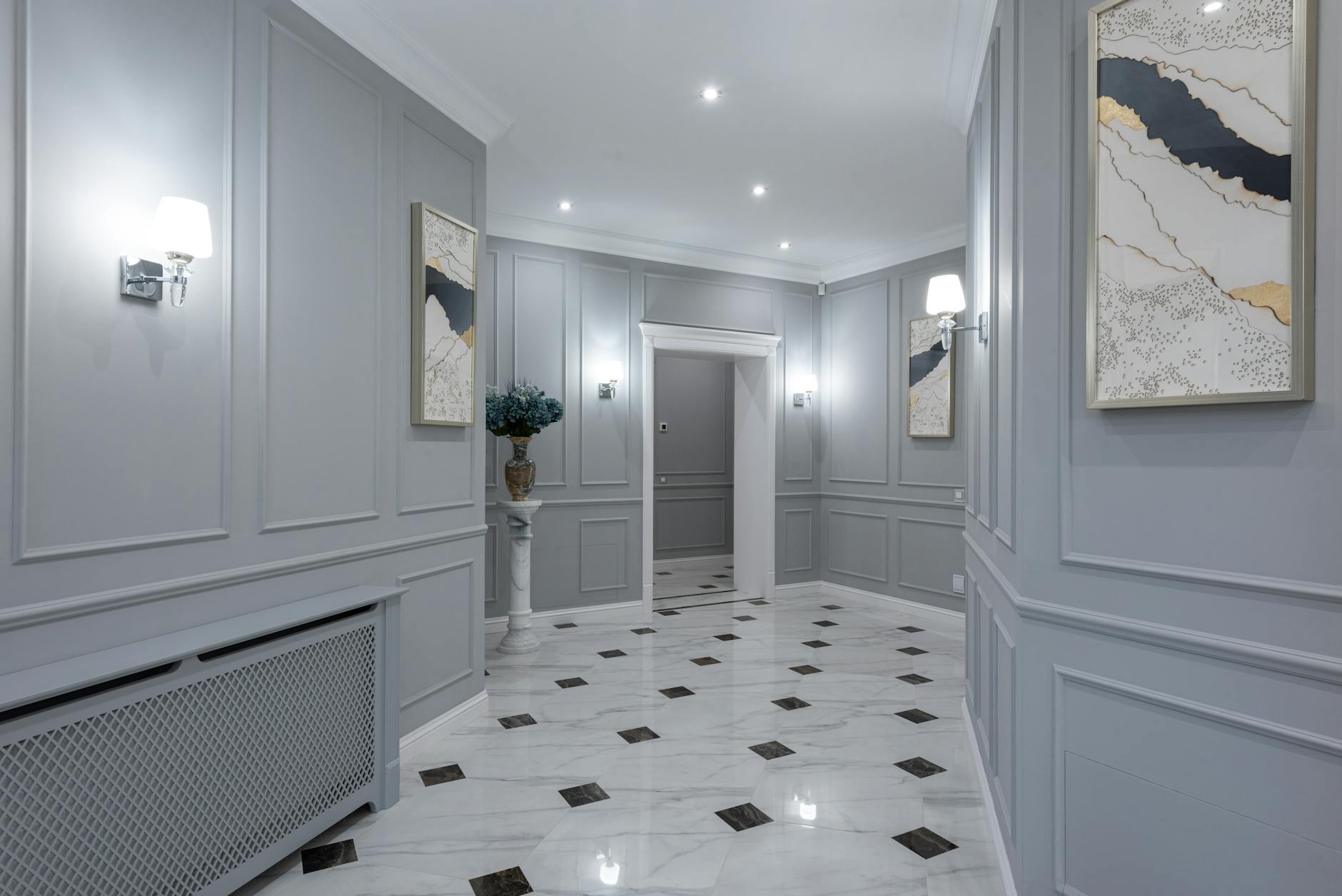Psychedelic art – a colorful, highly intricate form of visual expression that emerged during the late 1960s. Enveloped in the counterculture of peace, love, and expansion of consciousness, its flower-burst of a resurgence now is no random phenomenon, but a reflection of its enduring appeal in various aspects of popular culture, from music festivals to fashion.
Vibrant patterns, vibrant colors, and intricate detailing are its defining features. Psychedelic art combines the nuances of surrealism and the influence of Eastern cultures with a unique blend of artistic flair, aimed at portraying the hallucinatory experience promised by psychedelic substances. This artistic movement initially gained momentum in the underground visual identity of youth subcultures before blossoming its way into the mainstream, embedding its resonant ethos and aesthetics into everything from music to fashion.
When it comes to the music industry, psychedelic art is notably displayed in album cover art. The connection between music and psychedelic art runs deep, with the roots tracing back to the 1960s and ’70s when counterculture was at its zenith. Icons like The Grateful Dead, The Doors, and Pink Floyd adorned their records with symbolic and kaleidoscopic designs that embodied their psychedelic sound, creating a visual representation of the music within. These cultural icons further buoyed the popularity of this vibrant art form, making it an essential part of popular culture. Today, various artists continue the tradition, employing psychedelic elements in their album art to evoke an alternate perception of reality, reflect the tone of the music, or unify the thematic elements of the album. Often, these intricate designs become as iconic as the music itself, demonstrating how intertwined music and art can become.
Moving on to the realm of poster art and graphic design, psychedelia has had just as profound an impact. The rock concerts and music festivals of the ’60s were synonymous with vibrant posters showcasing the same ornate, free-flowing style. Posters were not merely promotional materials but artworks in their own right that delivered the essence of the musical event, solidifying the intrinsic connection between psychedelia and music. Fast forward to present times, and the use of psychedelic principles in graphic design is still prevalent. From the winding vines of intricate details in poster art for modern-day music festivals like Coachella to the swirl of colors in advertising, psychedelic art persists as a fundamental visual tool.
Beyond music, psychedelic art has had a strong influence on fashion — its unconventional, colorful aesthetic lends itself perfectly to bold clothing design. The innovative mix of colors, patterns, and textures displayed in psychedelic-inspired fashion pieces appeals as a vibrant window into an alternative, more playful reality. Many counterculture-inspired brands have incorporated aspects of psychedelic visuals into their designs, emphasizing the lasting impact of this art movement on fashion trends.
Film, too, hasn’t been left untouched by this swell of colors and shapes. Notable examples include Yellow Submarine, a classic Beatles animation saturated with psychedelic visuals, and 2001: A Space Odyssey — renowned for its ‘stargate’ sequence. Even contemporary movies such as Doctor Strange and Enter The Void to series like Netflix’s The Midnight Gospel incorporate psychedelic aesthetics.
Hence, the largely countercultural phenomenon of psychedelic art has transformed into a universally recognized reflection of an era that sought to break free of societal conventions. Infusing everyday life with bright colors and intricate designs, it has influenced the realms of music, fashion, film, and graphic design, creating a unique, vibrant visual identity that continues to inspire and mesmerize.
Beyond just visual junkfood, psychedelic art is an emblem of spirituality and exploratory consciousness, a symbol of the desire for an expanded understanding of the world. Its resurgence in popular culture shows the enduring appeal of this artistic style that seeks to alter perceptions and change perspectives. Far deeper than just a swipe of bold colors and psychedelic swirls, it is a window into human thought and consciousness, a vivid testament to our unending desire to push the boundaries of the mind.
Psychedelic Art
What is Psychedelic Art?
The Resurgence of Psychedelic Design
A Brief History of Psychedelic Art
Why Psychedelic Art Resonates with You
Psychedelic Movie Posters
Fashion & Culture: Psychedelic
History of Psychedelic Art








